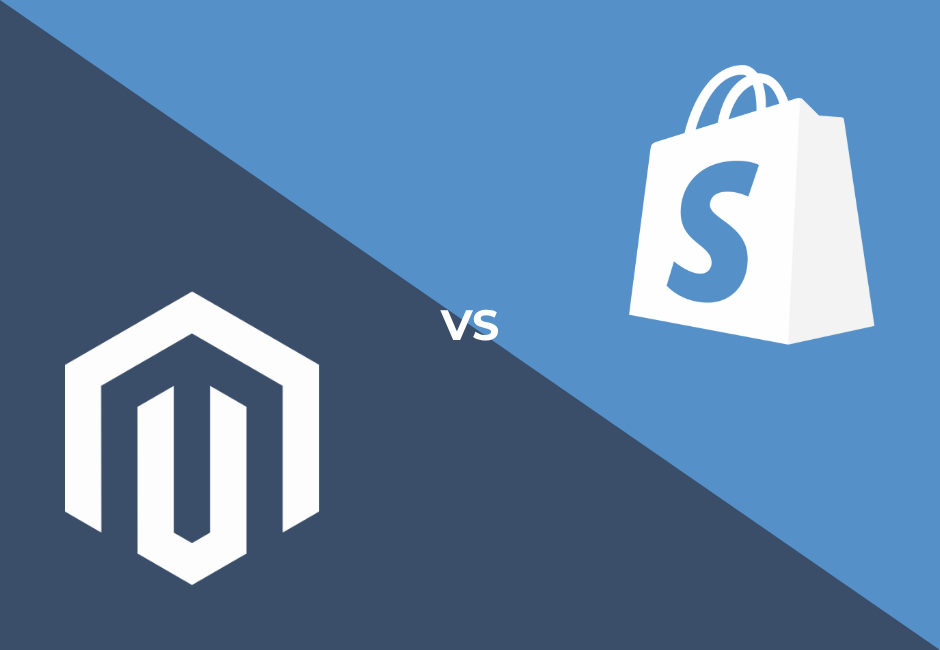A Step-by-Step Guide to Mapping the Email Marketing Customer Journey

Think about how many brands you have engaged with this week. It's likely more than you realize - brands are constantly connecting with consumers at critical touchpoints like purchases, email, or social media. From awareness to consideration, purchase, retention, and advocacy, every interaction and step in the customer journey shapes your relationship with brands.
Mapping your customers' journey is crucial for sending the right message at the right time. Email marketing plays a key role, offering insights into customer behavior and providing a direct way to guide potential customers through every stage of their journey.
What is a Customer Journey?
The customer journey focuses on the various stages of a customer's relationship with your brand, from their first interaction to purchase and beyond. It includes all touchpoints, whether it's a social media post, a visit to your website, or an email campaign.
Each customer journey varies based on your products, customer demographics, and strategy. Recognizing this allows brands to tailor messages to each stage of the buying process, ensuring communication is relevant and timely.
Customer journey mapping isn't just about driving purchases - it's about building meaningful connections. This is where email marketing becomes essential. A carefully planned series of email interactions ensures that your messages hit the mark and drive stronger results.
What is the Email Marketing Customer Journey?
The customer journey often starts with a single email and can greatly improve how customers perceive your brand. Email provides a direct, personalized way to connect with your audience, delivering content that meets the customer at every stage of their journey.
An effective email journey offers key benefits:
- Personalized Customer Experience: Tailor emails to meet customers where they are in their journey, creating a seamless experience that naturally moves them closer to conversion.
- Increases Engagement: A strategic email journey keeps your audience engaged by delivering the right message at the right time, and directly addressing their needs.
- Boosts Conversion Rates: Timely, relevant, and targeted emails are more effective at driving action. Offering incentives and addressing any concerns can lead to increased engagement and conversions.
- Fosters Brand Loyalty: A strong email journey nurtures relationships beyond the first purchase. By consistently providing value, you build trust and keep your brand top of mind.

The Five Phases of A Customer Journey
Navigating the customer journey means guiding your audience through five key phases. Each phase represents a distinct stage in the relationship with your brand:
Awareness
The awareness phase is where you introduce your brand and capture attention. Your goal is to engage potential customers, show your value, and start building a relationship.
You can generate awareness through:
- Welcome Emails: Use this moment to introduce your brand, offer incentives, and set expectations
- Educational Content: Share insightful tips or highlight industry trends to show your expertise
Consideration
The consideration stage is a crucial point in the customer journey where they evaluate their options. Build trust and differentiate your product or service to remove any doubts the customer may have.
Key tactics to use during consideration:
- Browse Abandonment Emails: Nudge users who have shown interest to finalize their decision.
- Testimonials: Share stories from satisfied customers to build credibility.
- Exclusive Content: Incentivize new or repeat customers with discounts or limited-time offers.
Purchase
Guide customers to make a confident buying decision by offering a smooth, obstacle-free experience. This is your opportunity to turn potential buyers into loyal customers and advocates.
Use targeted emails to build trust and encourage purchases:
- Abandoned Cart Emails: Remind customers about their abandoned shopping cart, adding incentives when needed.
- Order Confirmation Emails: Transactional emails provide reassurance and nurture relationships post-purchase.
It is important to note that the journey doesn't end when a customer makes a purchase.
Retention
Keep customers engaged post-purchase by strengthening the relationship and encouraging repeat business. Create email marketing campaigns that keep customers interested in what you offer beyond the initial sale.
Here are some strategies to improve retention:
- Post-Purchase Emails: Send follow-up emails requesting feedback, offering loyalty programs, or answering frequently asked questions.
- Winback Campaigns: Re-engage inactive customers with incentives.
- Educational and Promotional Emails: Send regular updates and information on new products or offers to maintain interest.
Advocacy
Turn satisfied customers into brand advocates by encouraging them to share their experiences with others. The advocacy stage is an opportunity for organic growth and increased visibility.
Ways to encourage advocacy:
- Ask for Reviews: Prompt customers to leave a review or feedback after a purchase.
- Anniversaries or Milestones: Offer special promotions for birthdays or anniversaries. Remind them how important they are to your business!
- Create Exclusivity: Provide sneak peeks and early access to your most loyal customers.
How to Map Your Customer Journey With Email
Mapping your customer journey through email campaigns and email automation campaigns is a strategic marketing tactic that allows you to deliver relevant emails to your target audience. Here's how to create a customer journey map that aligns with your email marketing efforts:
1) Define Your Email Marketing Goals
Start by clarifying your goals to shape your email marketing strategy. Whether it's building brand awareness, driving conversions, or fostering loyalty, having clear objectives will help you track progress and refine your efforts.
Examples of Goals:
- Increase product awareness through one educational newsletter a month: Regularly sharing valuable content helps introduce your brand in a non-intrusive way, building trust and familiarity over time.
- Boost sales by targeting high-intent customers with personalized offers: Focus on customers who show strong engagement with your brand to maximize conversions.
- Achieve an open rate of 25% for your welcome email series: Setting specific, measurable targets helps track the effectiveness of your email series.
2) Identify Critical Touchpoints
Pinpoint the key moments where customers interact with your brand. These interactions and touchpoints help you map out where you should be engaging with your audience.
Consider these key touchpoints:
- Welcome Emails
- Abandoned Cart Reminders
- Post-Purchase Follow-Ups
- Repeat Purchases
3) Segment Your Email List
Segmentation is a powerful tool that ensures you're speaking to the right audience. Group your subscribers by behavior, engagement, or location to personalize your email content. Segmented email campaigns see significantly higher open rates and click rates.
Ways to Segment:
- New Subscribers: Send new subscribers educational content to help gradually familiarize and nurture them into loyal customers.
- Purchase Behavior: Target those with higher average order values to upsell or encourage repeat purchases.
- Customer Lifecycle Stage: Segment your audience based on whether they are new, current, or lapsed customers.
- Engagement Level: Group subscribers based on how they interact with your emails.
Measuring Successes and Optimizing Your Marketing Journey
Make data-driven adjustments by tracking the success of your email marketing efforts. Regularly assessing your key performance indicators and metrics helps you to identify areas of improvement and maximize results.
Key Engagement Metrics
- Open Rates
- Click-Through Rates
- Bounce Rates
- Conversion Rate
- Repeat Purchase Rate
- Unsubscribe Rate
Monitoring metrics from your automation and segmentation also highlights opportunities for refinement.
How 20North Can Elevate Your Email Marketing Customer Journey
Mastering the email marketing customer journey is key to creating campaigns that encourage customer engagement. Mapping and refining your approach leads to better engagement, higher conversion rates, and stronger customer loyalty.
At 20North, we align our email campaigns with your business goals using data-driven strategies. As a full-service digital marketing agency, we offer Search Engine Optimization (SEO), CRO, Paid Advertising, Custom Web Development, and Email Marketing services to optimize your marketing efforts.
From targeted email segmentation to campaign management, 20North is committed to delivering measurable success for your business.
Ready to take your email marketing to new heights? Contact 20North today to collaborate and achieve success together.



